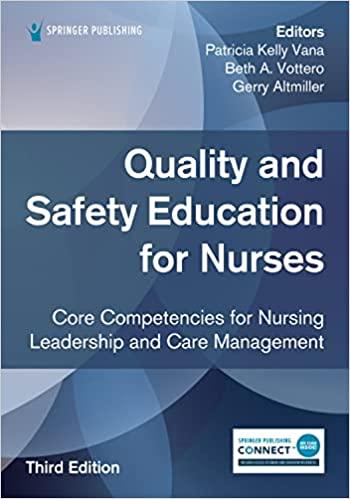Student nurses in a community clinical experience in an urban school district are tasked with performing capillary
Question:
Student nurses in a community clinical experience in an urban school district are tasked with performing capillary blood draws via fingersticks for lead screenings on 4- and 5-year-old students. The school district is in a city where children have a higher risk of lead exposure due to aging and deteriorating houses that are poorly maintained. At one lead screening, a 4-year-old boy is brought to the lead screening table, accompanied by his teacher. The boy seems much smaller than the other students from the same class, so his paperwork is reviewed again to verify that he is indeed 4 years old. The teacher mentions that the boy is quite restless and impulsive, and the teacher offers assistance for the procedure. The boy sits on the teacher’s lap, but he is having difficulty following simple instructions. He can’t focus on a nearby children’s picture book that a student nurse partner has been reading to other preschoolers to distract them from the procedure. Eventually the finger stick is completed, but it took a significant effort by all the helpers in the room. The boy’s behavior seems different from the other 4-year-old students who have already been screened that morning. The clinical nursing instructor with the student nurse team points out that these behaviors and clinical findings might indicate that he has an increased lead level in his blood.
The results from the lead screening are released the following day, revealing that this child’s blood lead level is 12 mcg/dL. This level exceeds the blood level that is considered acceptable for lead (<3.5 mcg/dL). A venous lead level is then obtained, and the results of this new test show a lead level of 10 mcg/dL. This level remains higher than acceptable.
1. Identify three possible SDoH that children in this population may encounter.
2. What are the risk factors for this child related to elevated lead levels?
3. Why are young children living in urban settings more susceptible to environmental lead exposure?
Step by Step Answer:

Quality And Safety Education For Nurses Core Competencies For Nursing Leadership And Care Management
ISBN: 9780826161444
3rd Edition
Authors: Patricia Kelly Vana, Beth A. Vottero, Gerry Altmiller






